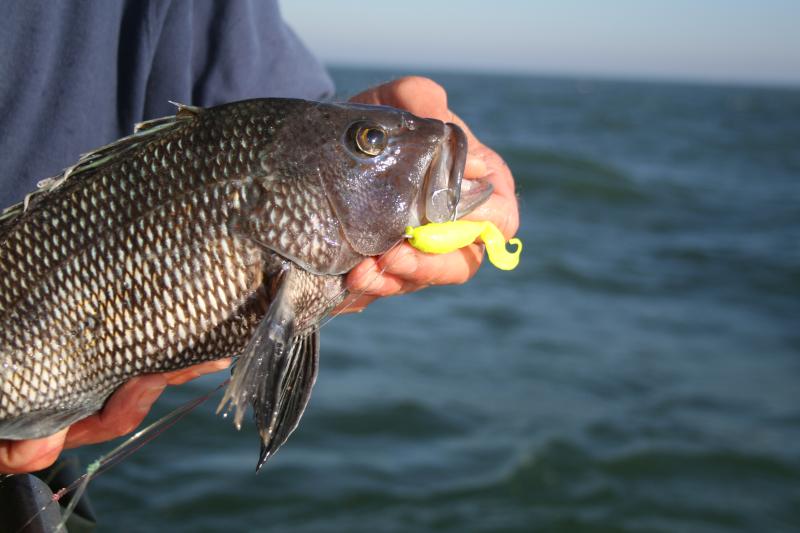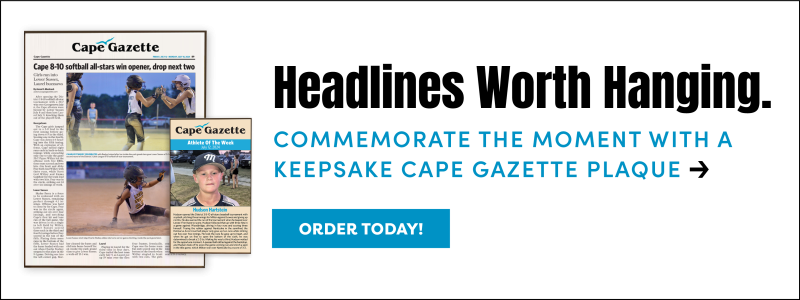Highlights of a week-long fisheries workshop
I was selected to attend the Fisheries Science and Management Workshop at the Sea Crest Beach Hotel in Falmouth, Mass., held Jan. 13-17. I was sent a rather long questionnaire that I completed and returned. A few weeks later, I was invited to the workshop by the hosts, the Gulf of Maine Research Institute. I checked with John Clark, the head of fisheries at DNREC, and he said the invite sounded legitimate, so I accepted.
All 25 attendees arrived Sunday night. At 7 a.m., Monday, everyone met for breakfast, and by 8 a.m., we were at our assigned seats and ready for our first speaker. That turned out to be a welcome to the program and general housekeeping information followed by an agenda overview before we got into the meat of the program, fisheries management under the Magnuson-Stevenson Act.
Mark Grant from the NOAA Greater Atlantic Regional Fisheries Office explained the need for the MSA and the history behind the act. Back in the 1970s, foreign boats were catching way too many fish close to American shores and we needed to create a limit of 200 miles to protect our fishery.
The MSA also required us to manage our fishery to produce the highest yield while protecting the stock from overfishing. Sounds simple, but, boy, is it ever complicated!
Several speakers talked about how data is collected. There are summer and spring bottom trawls, reports from commercial processors of fish landed and observer reports.
Then we got into one of my favorite things, the Marine Recreational Information Program. It was presented by Dr. Katherine Papacostas, a branch chief in the NOAA Fisheries Office of Science and Technoloogy’s Fisheries Statistics Division. She serves as program manager for the Marine Recreational Information Program. Prior to this position, she contracted with NOAA for six years supporting virtually all aspects of MRIP’s day-to-day activities.
I asked her why she, and all the other folks who saw the numbers from Delaware, didn’t see anything wrote with our seven head boats catching only 9 pounds of summer flounder from Jan. 1 until May 31. With numbers like that slipping through, why should we have any faith in all the other MRIP figures?
Then I asked her why, since almost every fisherman has a phone, can’t they come up with a simple form that each angler fills out on each trip with the date, time left, hours fished, time returned and fish caught? She replied they don’t have the funds. I said I will do all I can to get her the funds.
I have been working with Sen. Carper’s office on this idea for several years before he decided to retire. Now I will have to start all over with either Sen. Coons or Sen. Blunt Rochester.
The next subject that brought me out of my seat was the mention of the average recreational fisherman. I said there was no such thing. Recreational saltwater fishermen and women are as diverse a group as there is on earth.
I asked the presenter if he fished. He said no. I told him that this Fourth of July he should go out on the local head boat and take a look at the folks who are fishing. Then go back in November and check out the folks fishing then. In between, come visit me in August, and I will take him to Ocean City, Md., to see 450 million-dollar boats compete in the White Marlin Open with a minimum entry fee of $25,000. Then, there is the guy on Long Island who puts on a wetsuit and swims out to his favorite rock and casts plugs from 11 p.m. until 4 a.m. in hopes of catching and releasing a nice striper. I asked him to please tell me how he could average out those fishermen? He could not.
A great deal of the week was spent educating us on how the councils work and how we can get involved. I am already pretty involved, sitting on three federal advisory councils – summer flounder, scup and black sea bass; bluefish; and spiny dogfish. I began my service on advisory councils back in 1976 when I was Delaware’s recreational representative to the State-Federal Striped Bass Management Council. I have been on state and federal advisory councils ever since.
The one word that kept coming up throughout the week-long seminar was uncertainty and how to deal with it. It is the largest problem in fishery management because you can’t count the fish in the ocean, and counting the fish caught is uncertain at best. We just have to work with the figures given by the folks who are experts in this sort of thing and trust in their judgment.


















































